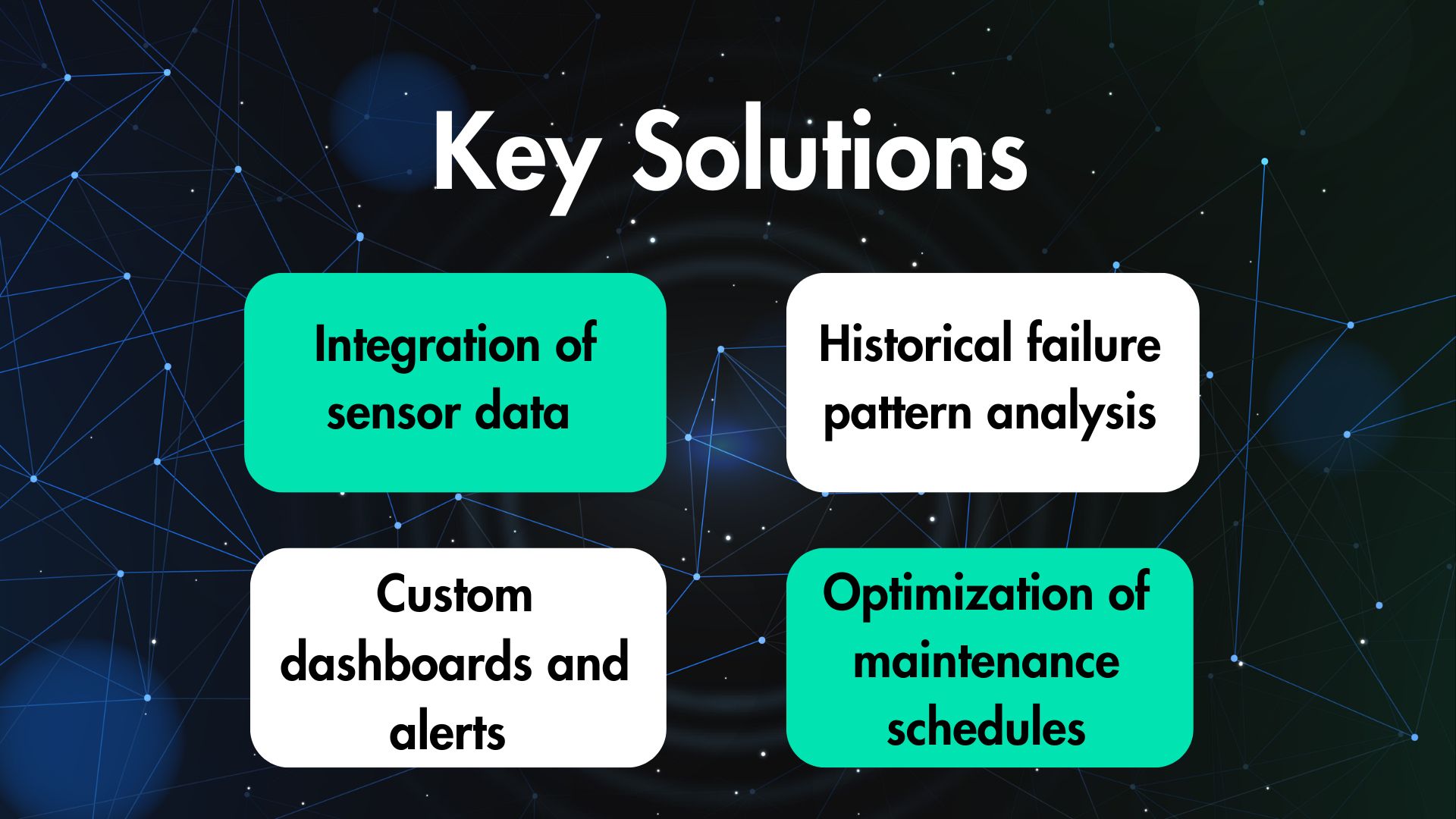Remaining Useful Life (RUL) & Condition-Based Maintenance

Client Overview
The client is a large-scale manufacturing enterprise specializing in continuous production processes involving high-temperature and high-stress machinery. A key component of their operation includes rotary kilns, which are critical to the firm’s daily output. The company operates on tight production schedules, and unexpected equipment failures result in substantial downtime and financial loss. With rising maintenance costs and a growing need for predictive insight into machine health, the client was actively seeking a smarter, data-driven maintenance solution.
Challenge
Like many traditional manufacturing units, the client followed a time-based maintenance schedule for critical components such as rotary kiln bearings. This model, while commonly used, proved ineffective for several reasons:
- Unpredictable component failures despite scheduled maintenance
- High repair costs from last-minute breakdowns
- Lost productivity and output due to unplanned downtime
- Inability to accurately forecast the health or lifespan of individual components
- No integration of sensor data or failure history into existing systems
Frequent and costly failures of the rotary kiln bearings were disrupting plant operations, and without a data-driven understanding of when parts were likely to fail, the team was either replacing parts too early or reacting too late.
Solution
Fx31 Labs developed and implemented a custom AI-driven Remaining Useful Life (RUL) and Condition-Based Maintenance (CBM) system tailored to the client’s specific asset types and operating environment.

Our solution involved the following:
- Integration of sensor data from the plant’s rotary kiln, including real-time vibration, temperature, and acoustic signals
- Historical failure pattern analysis, identifying correlations between sensor anomalies and component failure timelines
- Deployment of advanced machine learning models trained to predict the RUL of key components with high precision
- Custom dashboards and alerts to notify plant engineers of upcoming failures well before they occurred
- Optimization of maintenance schedules, reducing unnecessary interventions and focusing on actual component health
This predictive model enabled the client to move from a reactive and time-based approach to a proactive and data-driven maintenance strategy.
Impact
The implementation of our AI-powered RUL and CBM system led to significant improvements in equipment reliability and cost-efficiency:
- 30% extension in rotary kiln bearing life, resulting in fewer replacements and longer operational uptime
- Dramatic reduction in unplanned downtime, improving plant productivity and schedule adherence
- Lower repair and maintenance costs, as interventions were performed only when truly needed
- Enhanced visibility for operations managers, empowering them with real-time health diagnostics and predictive insights
- Shift from reactive to preventive maintenance culture, strengthening long-term operational resilience
The project not only stabilized production but also set a new benchmark for how predictive maintenance can directly impact the bottom line in capital-intensive industries.
Let’s Talk!
Get in touch and our team will contact you right away to better understand your needs and share more details on how we can help.
